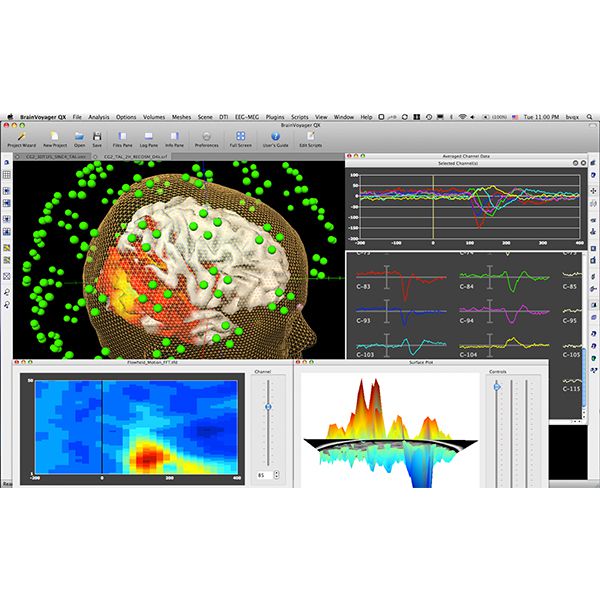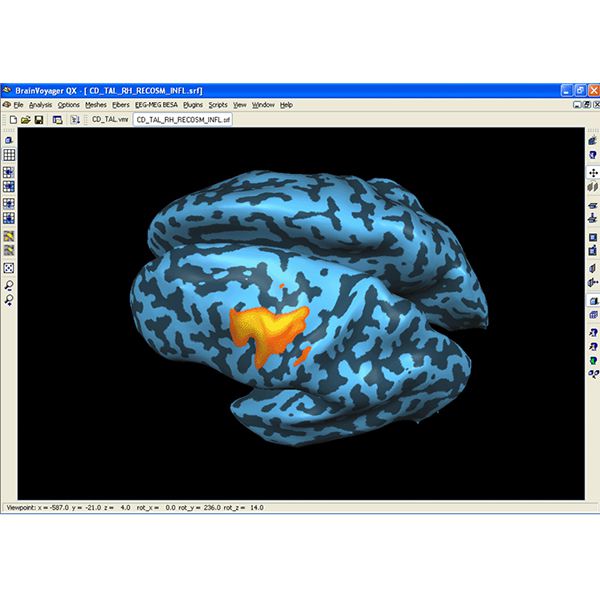
|
BrainVoyager analyzer software
Manufacturer:Brain Innovation/Brand:Brain Innovation/Model:BrainVoyager
Our flagship product BrainVoyager is a powerful neuroimaging software package for data management and data analysis. It started as a tool for the analysis of anatomical and functional MRI data sets but has evolved over the years into a multi-modal analysis tool for fMRI, DTI, EEG and MEG data. The software is highly optimized and user friendly running on all major computer platforms; the current version runs on Windows (7/8/10), Linux (e.g. Ubuntu, SUSE, Fedora) and macOS (10.10 or higher). BrainVoyager is a 64 bit program supporting analyses of large data sets that need more than 3 GB of RAM. In order to obtain maximum speed on each platform, BrainVoyager has been programmed in C++ with optimized and highly efficient statistical, numerical, and image processing routines. It supports on all platforms fast parallelized basic math routines using the Intel Math Kernel Library (MKL). The software also exploits modern multi-core, multi-processor hardware for the most demanding computational routines. Multiple parallel processing pipelines of modern graphic cards (GPU's) are used for real-time volume rendering, data filtering and sinc interpolation. The surface rendering environment ("surface module") has been implemented using OpenGL. The interactive graphical user interface (GUI) has been built using the award-winning cross-platform Qt C++/QML toolkit from Digia (formerly Nokia and Trolltech). Using cross-platform C++/QML code for all aspects of the program, BrainVoyager provides a native and responsive user interface and powerful computational routines on all supported platforms.
|
|
The comprehensive and powerful neuroimaging tool comes with many exciting features, such as:
|
 |

